VISUALS: The new Hungarian Natural History Museum will be an artificial mound

It has been announced which design will be used for the expansion of the Hungarian Natural History Museum.
“We celebrate architecture and nature”, state secretary says
The joint proposal by the Bjarke Ingels Group (BIG) and Vikár és Lukács Építész Stúdió Ltd. won first prize in the architectural design competition for the new building of the Hungarian Natural History Museum in Debrecen. This was announced at the award ceremony held at the Kölcsey Centre in Debrecen, as reported by the Hungarian News Agency.
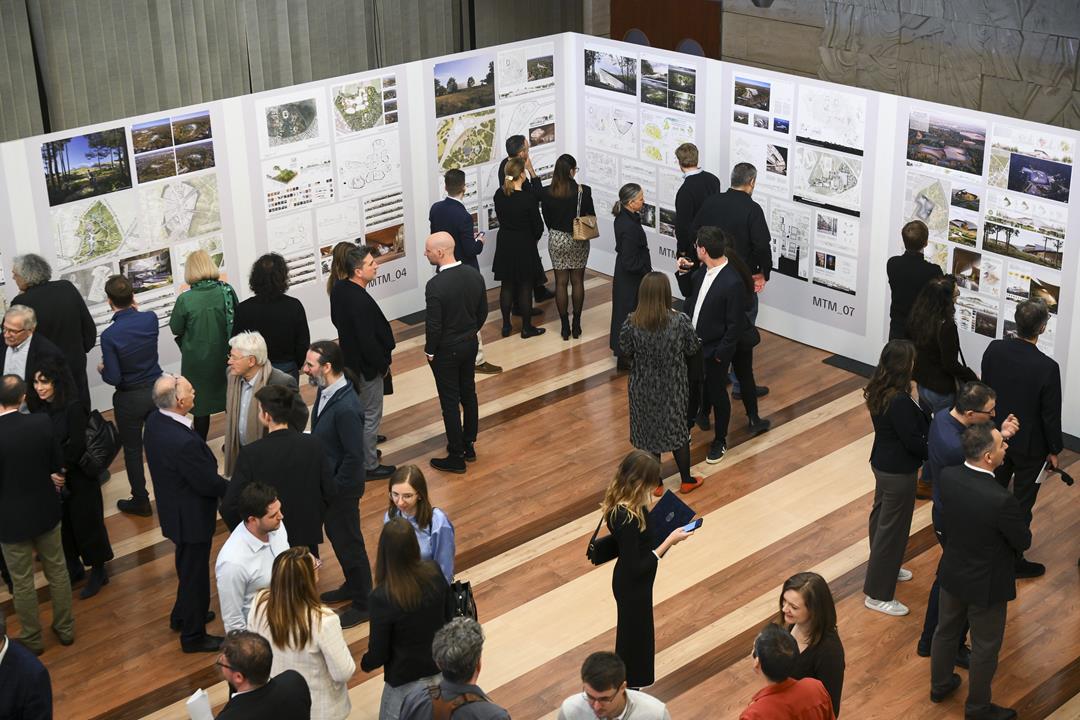
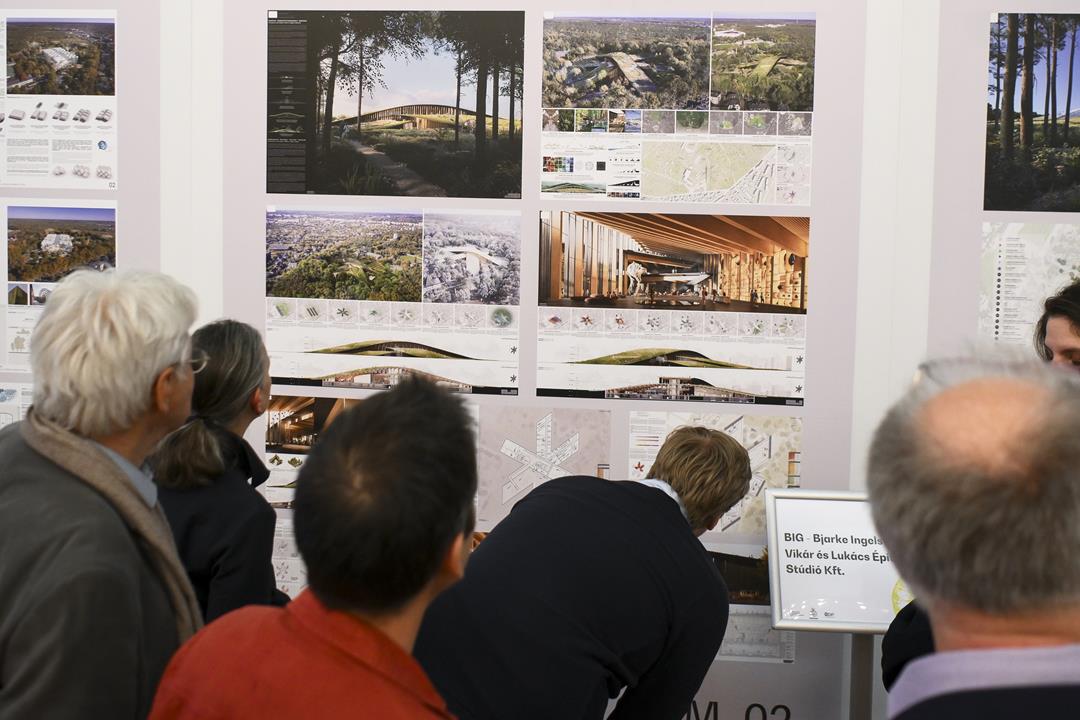
“This award ceremony is much more than just the announcement of a design competition’s results; today, we celebrate architecture and nature, the two most important causes that cannot be separated,” “This award ceremony is much more than just the announcement of a design competition’s results; today, we celebrate architecture and nature, the two most important causes that cannot be separated,” said Regő Lánszki, State Secretary for Architecture at the Ministry of Construction and Transport, during the ceremony. According to Lánszki, the project opens new opportunities not only for the city but also for the entire region, in tourism as well as in education and research, and will have long-term effects on demographic processes. Regarding the location, he noted that the question is not why the museum is being moved to Debrecen, but why it has taken so lon
The new building will demonstrate that iconic structures can be created in the county seat of Hajdú-Bihar, which, in connection with the zoo, will elevate the entire Nagyerdő to a new level, offering a comprehensive experience for visitors. Lánszki described the building designed by BIG and Vikár és Lukács Építész Stúdió Ltd as “iconic” while also blending into the environment, reinforcing identity, and being a work that can inspire attachment and awe.
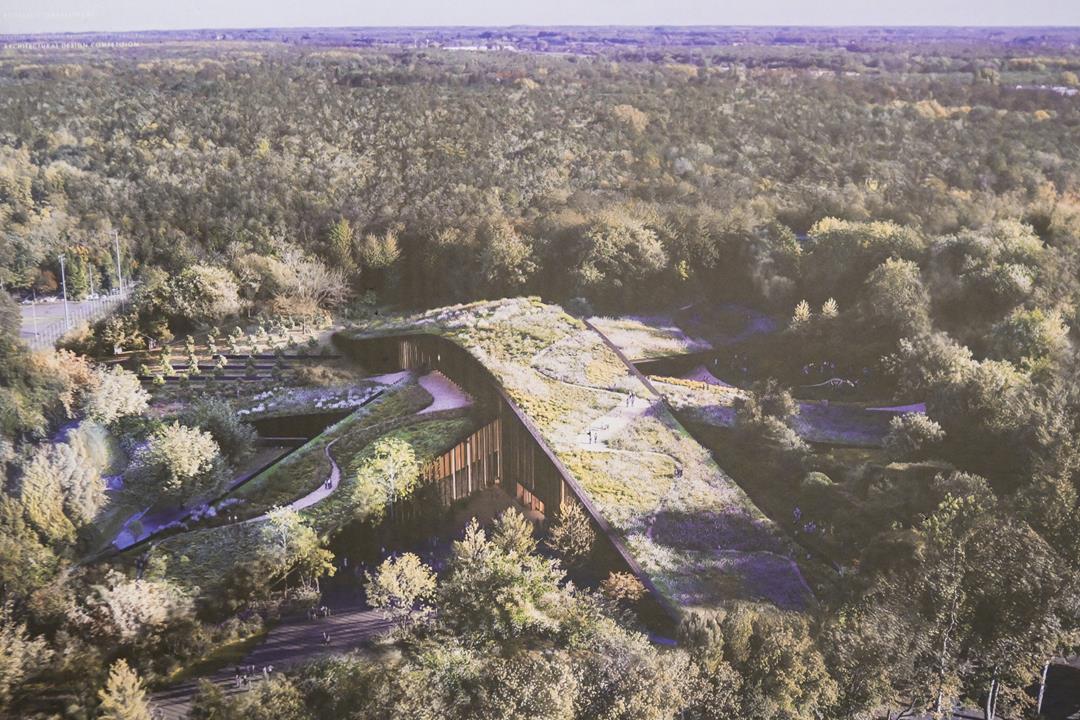
Debrecen is a good choice, says mayor
Debrecen Mayor László Papp (Fidesz-KDNP) stated that he believes Debrecen is suitable and worthy of hosting such a nationally and internationally significant development. At the award ceremony for the nearly 23,000-square-metre new building, Bernert Zsolt, Director-General of the Hungarian Natural History Museum, recalled the museum’s history. He highlighted that Debrecen is a good choice for the independent building because the research conducted at the university and the students studying there are crucial for the collection.
Multiple plans for the new Hungarian Natural History Museum
Hanna Johansson, a member of BIG, emphasised that their design proposes a building that will not only serve as a home for the museum but will also integrate into the Nagyerdő in Debrecen and provide new space for local residents. Martha Thorne, a member of the jury evaluating the design competition and former Executive Director of the Pritzker Architecture Prize, noted that 14 proposals were submitted anonymously, and the jury aimed to select a proposal that met all criteria rather than reflecting personal taste.
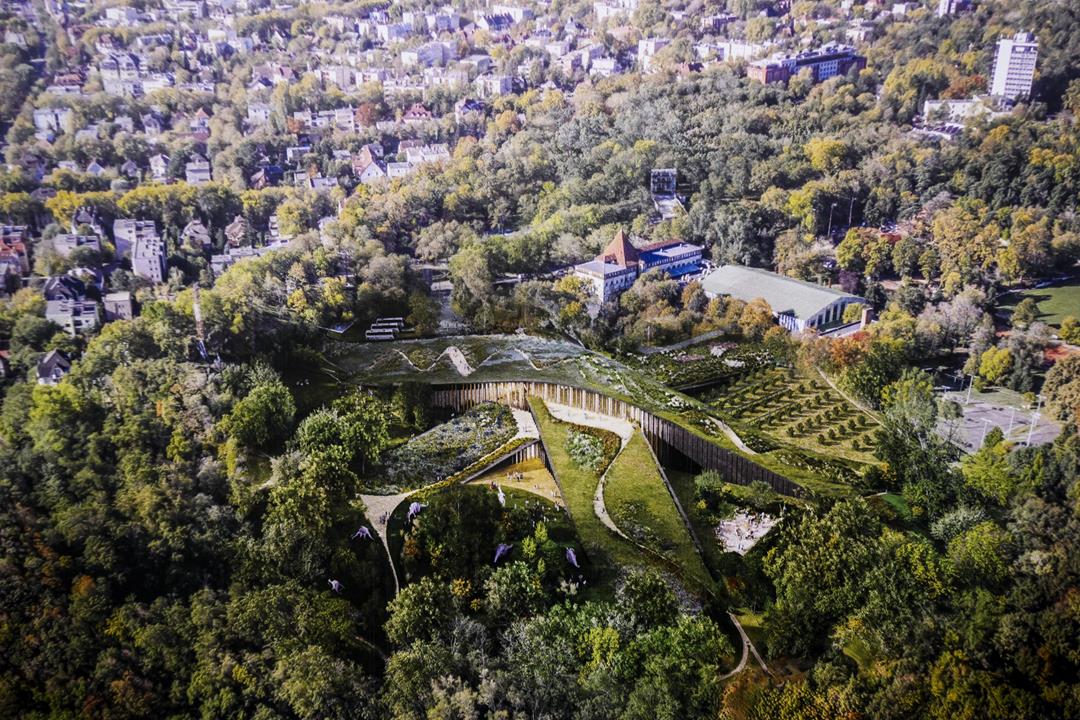
The competition, launched by Debreceni Infrastruktúrafejlesztő Ltd. last September, saw the jury find two proposals worthy of purchase, each valued at 5,000 euros. The first-place proposal by BIG and Vikár és Lukács Építész Stúdió Ltd. was awarded 60,000 euros, the second-place proposal received 40,000 euros, and the third-place proposal received 10,000 euros. The awarded proposals can be viewed on the Hungarian Natural History Museum Design Competition website.
Ferenc Kun, CEO of Debreceni Infrastruktúrafejlesztő Ltd., highlighted that a public procurement procedure will soon be announced, allowing the creators of the first-place proposal to submit a bid. Following a successful procedure, work can begin to turn the design into reality. The competition included five domestic and five international invited architectural firms, along with four other participating firms.
Almost 23k sqm for the museum’s purposes
According to Magyar Építők, the new Hungarian Natural History Museum will cover 22,900 square metres. The new building will include a 14,000-square-metre interior and exterior garden, a 7,200-square-metre exhibition area, and 4,600 square metres for parking. Furthermore, the plans include a 700-square-metre space to create temporary accommodation for guest scientists and students.
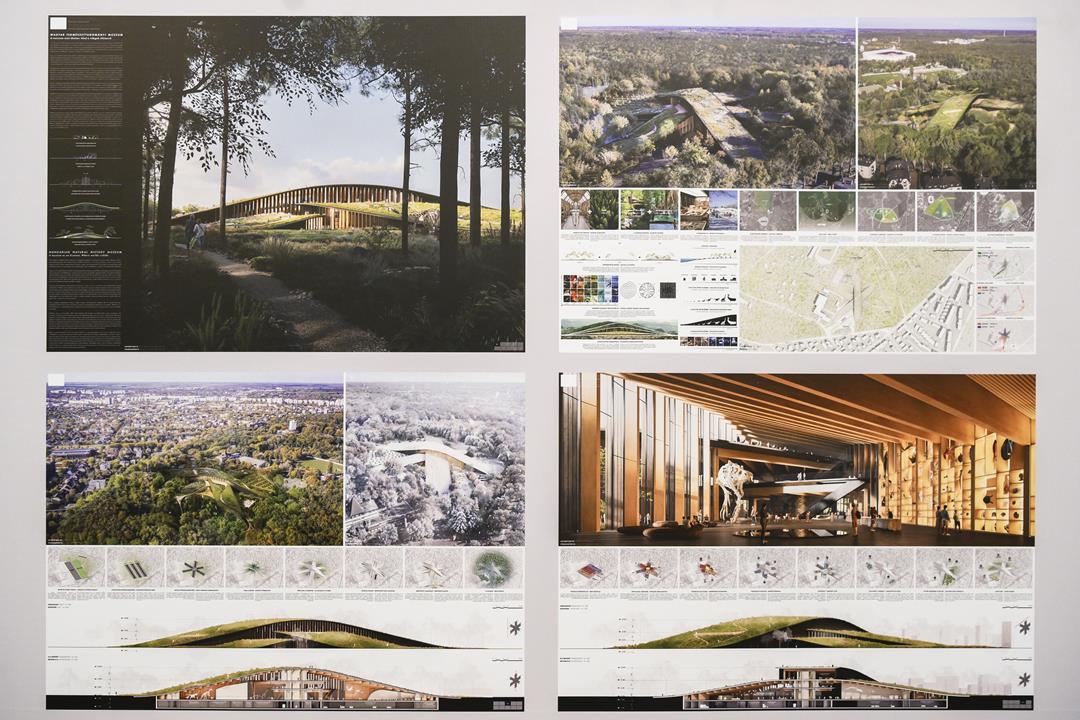
The article can be read in Hungarian on HellóMagyar.
Read also:
- These museums in Budapest will blow your mind! – click HERE to read our artilce
- 5+1 must-visit galleries in Budapest for art lovers – deatil in THIS article





